| Costel Rizescu |
|
Manufacturing & Technology DEVELOPMENT |
![]()
|

|
TOMO-RAY 01 is the 1st industrial computerized tomograph in Romania, built in 1993 at the Research and Development Institute for Electrical Engineering (RDIEE). It comprises a control and data-acquisition computer, scintillator detector with associated electronics, a radioactive source, source and detector collimators and shielding, and a computer-controlled monitored assembly for translating and rotating the test object. Individual stepper motors drive the turntable and the carriage, and shaft angle encoders continuously monitor their absolute positions. Mechanics characteristics: 3-axes scanner table (linear error <0.02 mm, rotation error <0.030), maximum diameter of object 250 mm, maximum height object 400 mm, maximum weight 50 kg, distance source-detector 1.400 mm. A 30 Ci (1.11 TBq) gamma-ray isotopic source of iridium-192 with a useful penetration length of up to 10 cm of steel is used. For this source, the best results in reconstructing images are obtained by using the 310.5 and 469.1 keV energy lines groups. The source and detector collimators are identical lead cylinders, 120 mm long. The apertures are of cylindrical shape with 0.9 mm diameter, which determines the maximal resolution in the thickness dimension. CT reconstruction is performed on a PC, using the fast and accurate filtered back projection (FBP) algorithm, combined with the convolution filtering method. The equipment can provide the linear attenuation coefficients in the range 0-6 cm-1 with good accuracy (typically error 3-5%) for both measuring channels. It worked between 1993 and 2001 at RDIEE.
|
| |

|
RAY-DENSIMAT 01 is the 1st fully automated Gamma-Ray Attenuation Bulk DENSITOMETER in Romania, built in 1992.
The technique is based on the measurements of attenuation of gamma-ray intensity in the sample. Gamma-Ray Attenuation (GRA) is actually a measure of electron density. This method is useful for estimating the bulk densities of solid materials because the ratio Z/A of atomic number/atomic mass of elements that make up the common solid materials is essentially constant. The GRA bulk densitometer measures the attenuation of a collimated beam of gamma-ray rays as it passes through a sample of known thickness. RAY-DENSIMAT comprises a control and data-acquisition computer, scintillator detector with associated electronics, a radioactive source, source and detector collimators and shielding, and a computer-controlled monitored assembly for rotating the test object. Individual stepper motor drives the turntable, and shaft angle encoders continuously monitor its absolute position. Mechanics characteristics: 1-axe scanner table (rotation error <0.030), maximum diameter of object 120 mm, maximum height object 100 mm, maximum weight 10 kg, distance source-detector 950 mm. A 200 mCi (7.4 GBq) gamma-ray isotopic source of Caesium-137 (137Ce) with a useful penetration length of up to 8 cm of steel is used. The source and detector collimators are identical lead cylinders, 90 mm long. The apertures are of cylindrical shape with 1.5 mm diameter. RAY-DENSIMAT is used to evaluation of the weak mechanical points of solid materials and could reveal up to 0.5% variation in local density values of the tested object. It has been working at SINTEROM, Cluj-Napoca, since 1993.
| ||
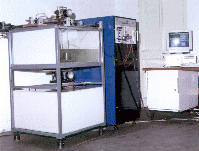
|
ULTRASOUND-06 01 is the 1st fully automated Immersed ultrasound scanner with focalized transducers in Romania, built in 1995. The immersion system has been developed and designed for easy operation
and low maintenance to benefit customers off the shelf systems for immersion testing. It worked between 1995 and 2000 at RDIEE.
The base system includes the following:
|
| |
![]()
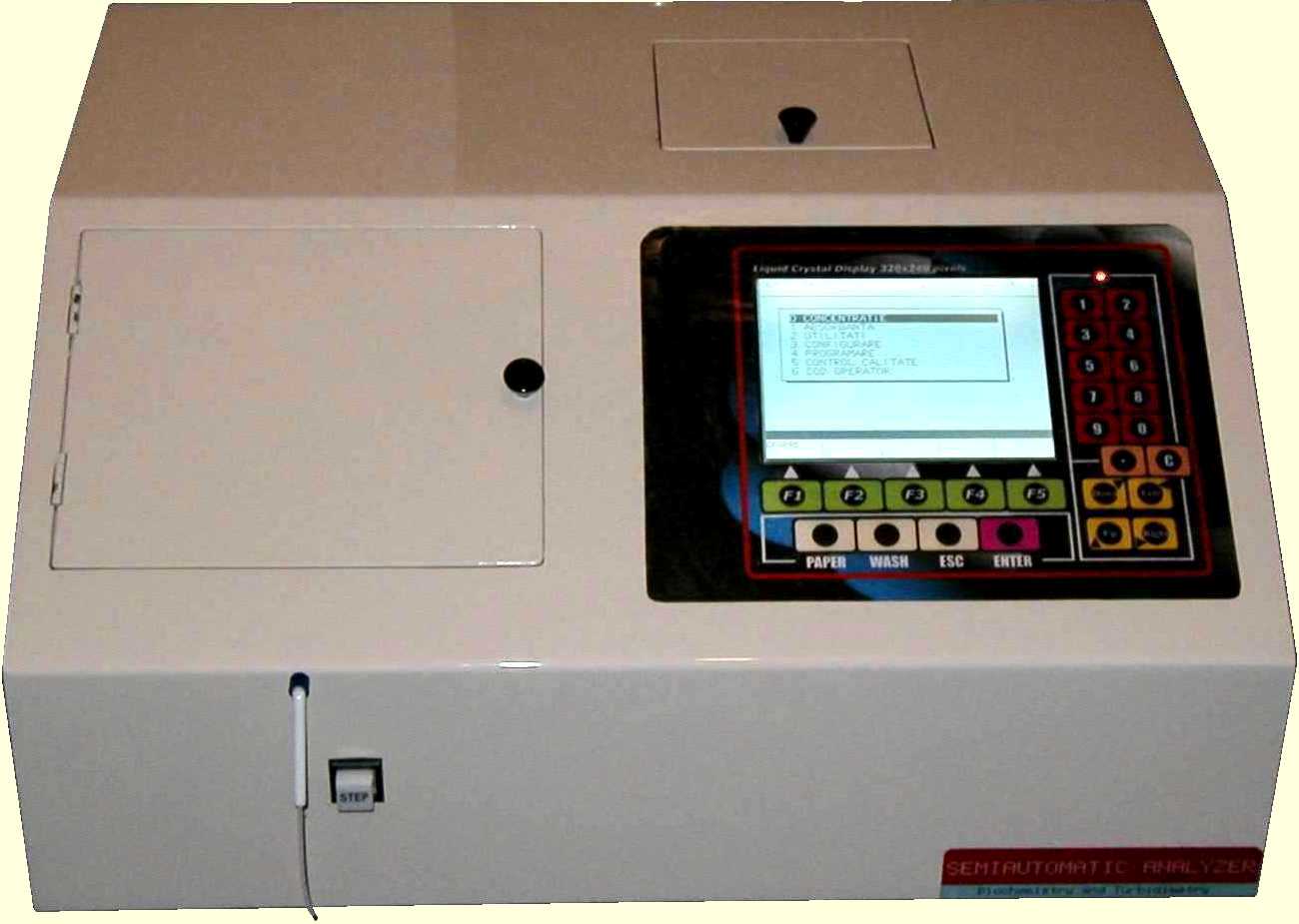
| 
| 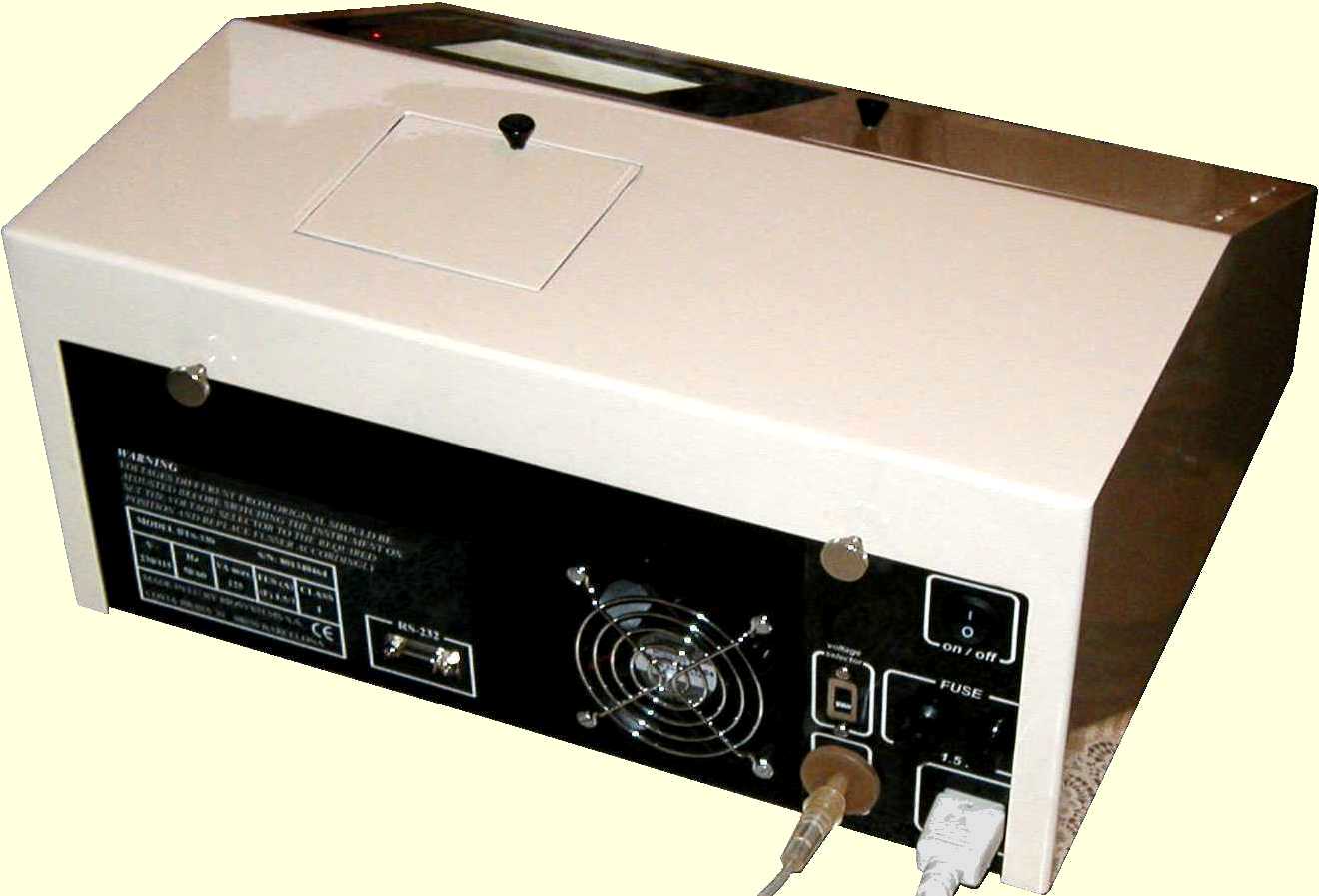
| 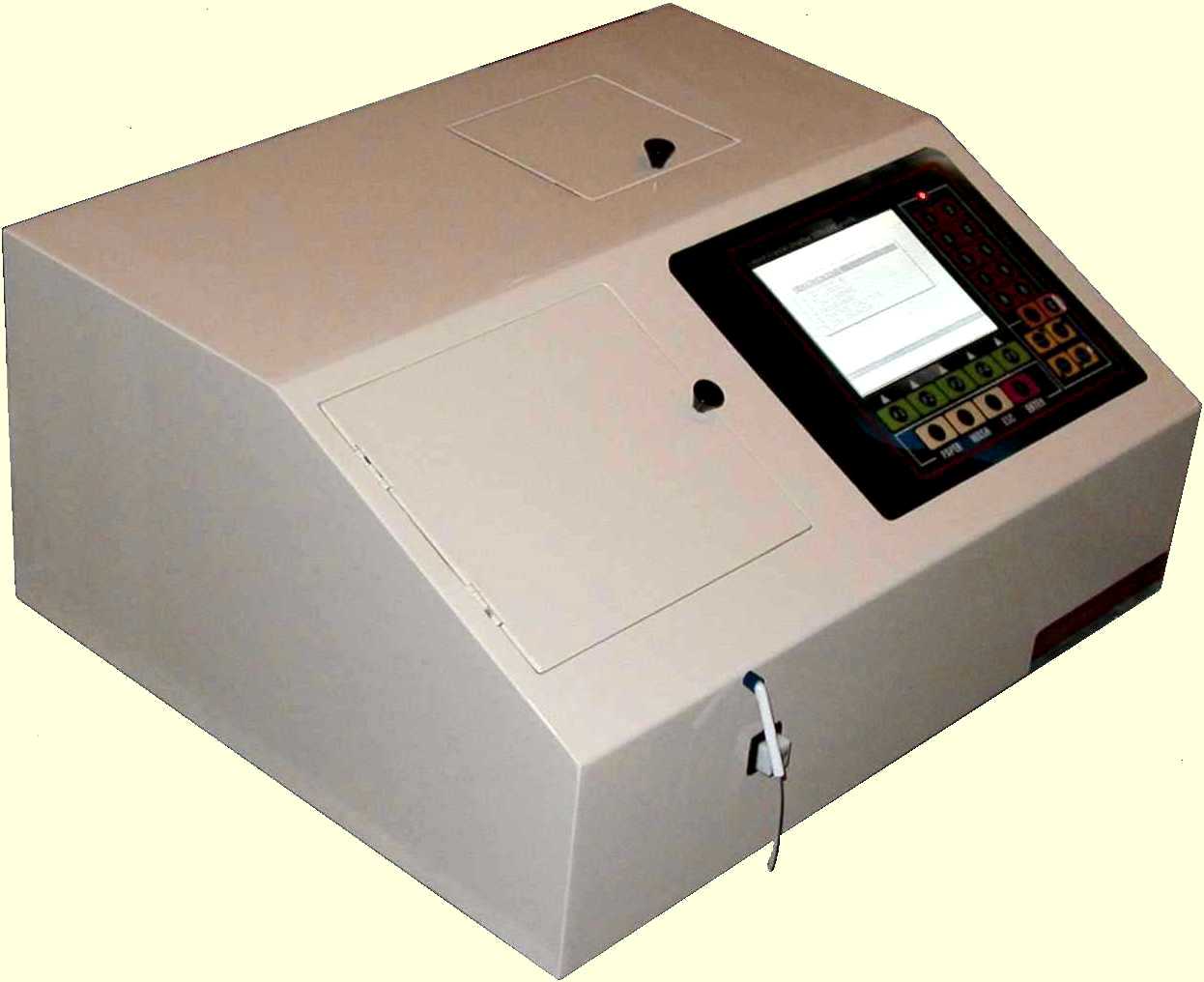
|
Designed, built, tested and operated the prototype of See other links: LabSystems |
|
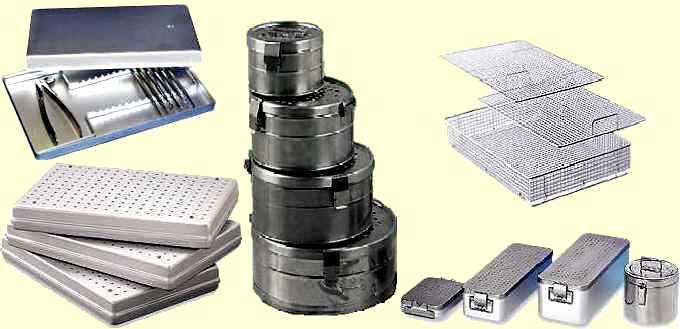
| 
|
![]()
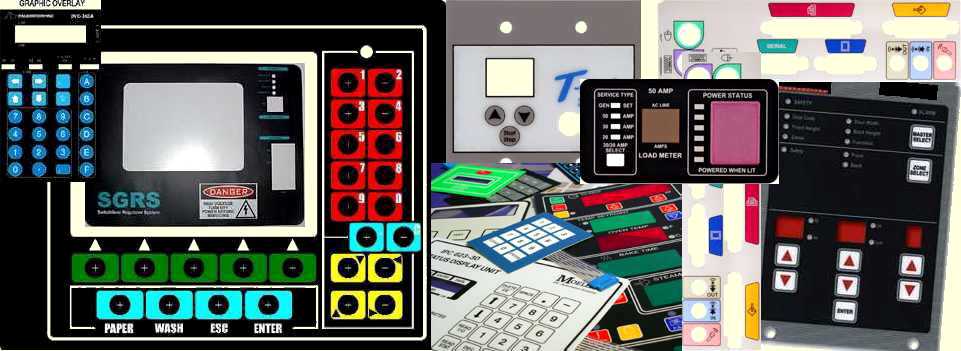
|
|
FRONT PANELS, GRAPHIC OVERLAYS, MEMBRANE SWITCHES, DIALS & SCALES
LabSystems produces custom Front Panels from aluminum, stainless, brass or rigid plastic. These incorporate keyboards, LCD monitors, LED structures and can be finished by painting, silkscreen printing and/or engraving with custom graphics for your needs. Graphic Overlays are also used to finish front panels. Silkscreen printed on polycarbonate or polyester and adhesive backed, they offer many advantages including: Superior Graphic Capabilities, Various Textures and Finishes, Unlimited Colors and Color Matching, Sub-surface printed, Windows, clear or transparent colors, Holes and Cut Outs, Embossing, Indoor, Outdoor and/or Harsh Environment, Durability. Membrane Switches can be supplied blank or laminated to Graphic Overlays to provide additional front panel enhancement. They offer all the variety of Graphic Overlays including textures, colors, windows, holes and embossing to enhance any product. They can also provide a water, weather and environmental seal for your product. They can have "tactile feedback" for that real snap action. Custom Dials and Scales are manufactured in plastic or aluminum. Some examples of our dial and scale applications are: Meters, sterilizer accesories, Thermometers, Scales, Gauges, Instruments, Machines, Clocks. Designed and manufactured customized front panels and series of graphic overlays . |
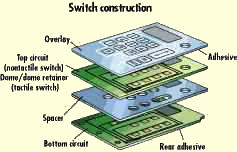
| 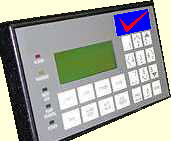
| 
| 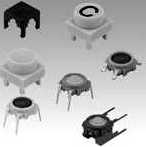
| 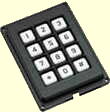
| 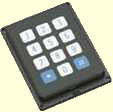
|
|
CURRICULUM VITAE PUBLICATIONS R & D / Paper ABSTRACTS HOME Contact Information |
| Copyright 2004, All rights reserved |